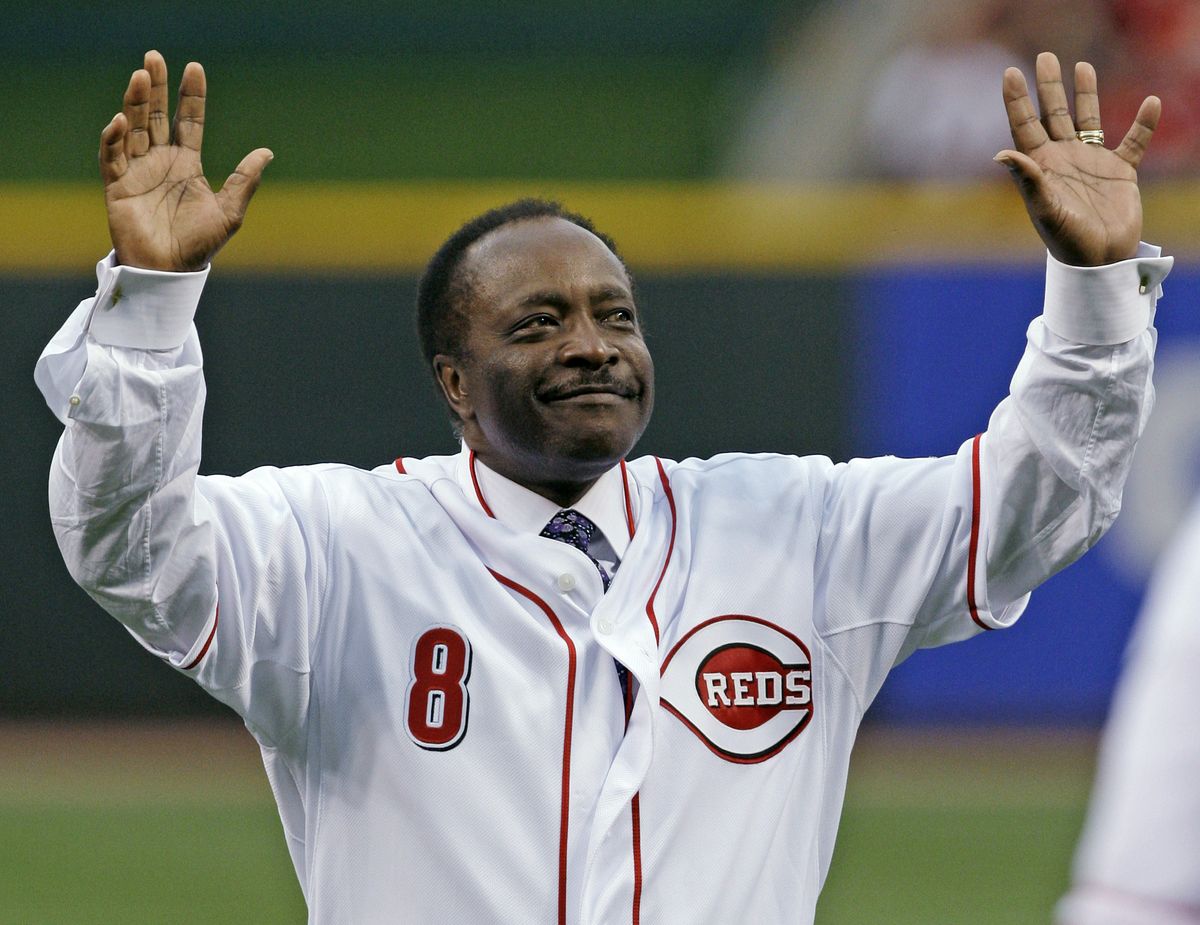Joe Morgan, driving force of Big Red Machine, dies at 77

CINCINNATI – Joe Morgan, the Hall of Fame second baseman who became the spark plug of the Big Red Machine and the prototype for baseball’s artificial turf era, has died. He was 77.
He died at his home Sunday in Danville, California, family spokesman James Davis said in statement Monday. Morgan was suffering from a nerve condition, a form of polyneuropathy.
Morgan’s death marked the latest among major league greats this year: Whitey Ford, Bob Gibson, Lou Brock, Tom Seaver and Al Kaline.
Morgan was a two-time National League most valuable player and a 10-time All-Star and won five Gold Gloves. A 5-foot-7 dynamo known for flapping his left elbow at the plate, Little Joe could hit a home run, steal a base and disrupt any game with his daring.
Most of all, he completed Cincinnati’s two-time World Series championship team, driving a club featuring the likes of Pete Rose, Johnny Bench and Tony Perez to back-to-back titles.
Morgan’s tiebreaking single with two outs in the ninth inning of Game 7 of the World Series in 1975 gave the Reds the crown in a classic matchup with Boston, and he spurred a four-game sweep of the Yankees the next season.
Morgan was the league’s MVP both years. And his Hall of Fame teammates and manager readily acknowledged he was the one that got it all started.
The smallest cog in the Big Red Machine was its most valuable piece, and easily a first-ballot pick for Cooperstown.
“He was just a good major league player when it didn’t mean anything,” former Reds and Tigers skipper Sparky Anderson once said. “But when it meant something, he was a Hall of Famer.”
In a 22-year career through 1984, Morgan scored 1,650 runs, stole 689 bases, hit 268 homers and batted .271. But those stats hardly reflected the force created on the field by the lefty-swinging No. 8.
Confident and cocky, he also was copied. His habit of flapping his back elbow as a way to keep it high when hitting was imitated by many a Little Leaguer in Cincinnati and beyond.
“Joe wasn’t just the best second baseman in baseball history,” Bench said. “He was the best player I ever saw and one of the best people I’ve ever known.”
Health issues had slowed down Morgan in recent years. Knee surgery forced him to use a cane when he went onto the field at Great American Ball Park before the 2015 All-Star Game, and he later needed a bone marrow transplant for an illness.
In his prime, Morgan helped to revolutionize the game with his quickness and many talents, especially once he hit the turf at Riverfront Stadium.
Morgan got his start with Houston in 1963, when the team was called the Colt .45s and still played on grass. Once he became a full-time player in 1965 when the club became the Astros and moved into the Astrodome, he began to provide a glimpse of what speedy, multi-skilled players could do on the new kind of turf.
Cincinnati made a shocking trade for Morgan after the 1971 season, giving up slugger Lee May and All-Star second baseman Tommy Helms in an eight-player swap. Morgan turned out to be exactly what the Reds needed to take the next step.
Rose was the dashing singles hitter, on his way to becoming the game’s career hits leader. Bench supplied the power. Perez was the clutch hitter. And Morgan did a bit of everything, slashing hits and stealing bases whenever needed.
Morgan scored a major league-leading 122 runs in his first season with the Reds and they reached the 1972 World Series, where they lost in seven games to Oakland.
The two championship seasons were his finest, making him the dominant second baseman of his time – many rated him as the greatest ever to play the position.
Morgan hit .327 with 17 homers, 94 RBIs and 67 stolen bases in 1975, then followed with a .320 average, 27 homers, 111 RBIs and 60 steals the next year. He was only the fifth second baseman in the NL to drive in more than 100 runs and also led the league in both on-base percentage and slugging percentage in 1976.